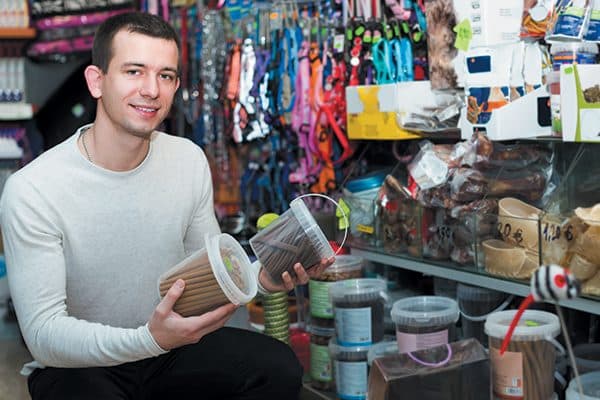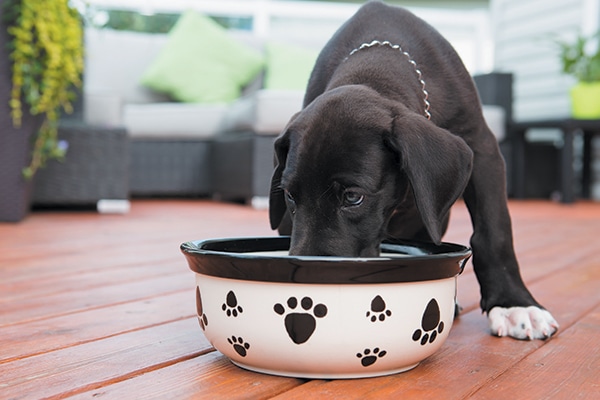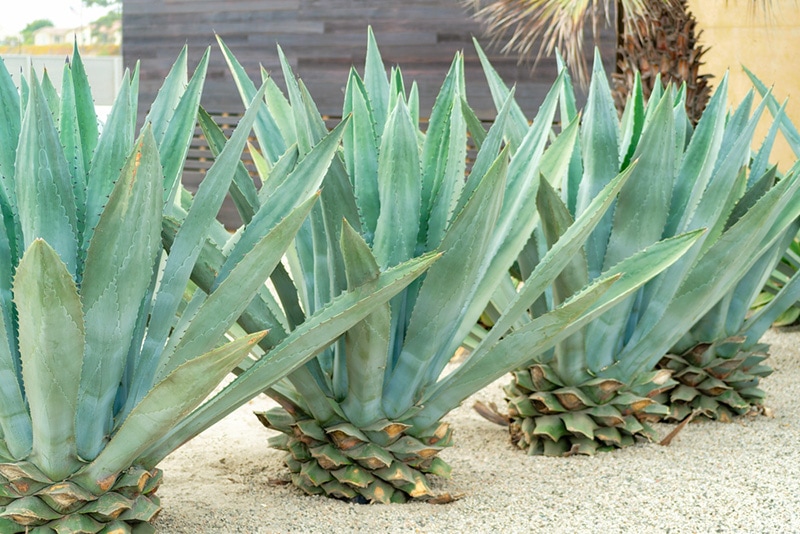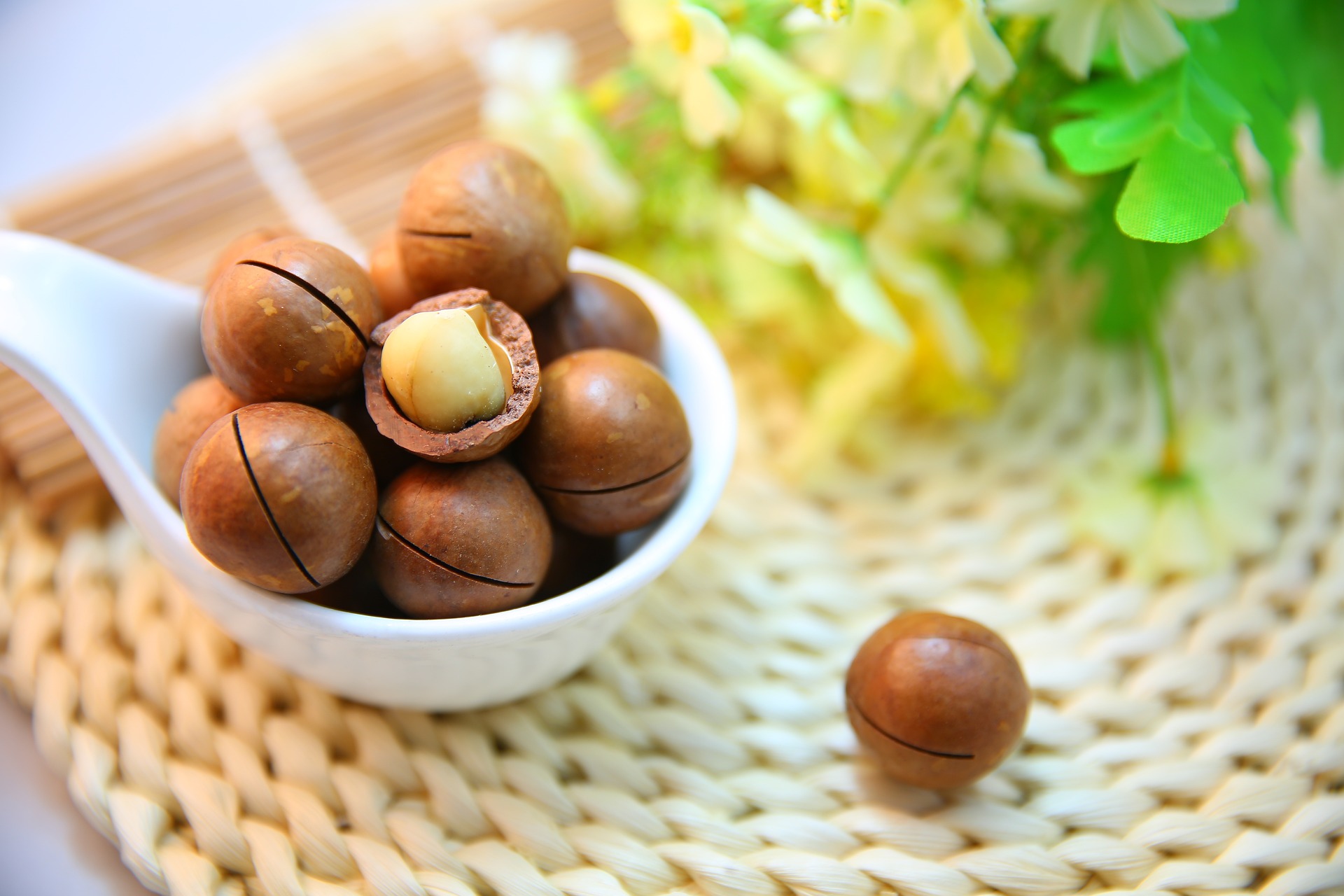If only puppies came with an owner’s manual — especially when it comes to how to feed a puppy. Decisions you make around the food dish can greatly impact your fast-growing pup’s overall health and attitude about meals and treats. That’s why we created a list of feeding do’s and don’ts when it comes to how to feed a puppy:
1. The gut is important

When it comes to how to feed a puppy, pay attention to your pup’s gut, specifically, the often-overlooked healthy bacteria in the stomach. “Puppies are developing gut bacteria,” says Elisa Katz, DVM, a veterinarian who owns the Holistic Veterinary Center with two locations in Bourbonnais and Downers Grove, Illinois.
“Proper gut bacteria can be so important for the development of the puppy’s immune system as well as the overall inflammatory state of the body. If the gut bacteria get out of balance due to the consumption of high-processed diets, it can lead to allergies and immune issues in that puppy.” She recommends working closely with your veterinarian on picking a diet, and perhaps probiotics and supplements best suited to meet your pup’s needs.
2. Avoid a quick switch
Don’t be in a rush to switch your puppy’s current diet to a new one. “Switching to a new diet can be a major source of stress, causing a puppy to have soft stools or diarrhea,” Dr. Katz says. “Gradually switch his diet.” The recommended transition is to introduce a one-quarter portion of new food to current food and gradually increase the new food portion by one half and then completely.
For more than a decade, Retha Lewis, of Royse City, Texas, has been breeding healthy English Bulldog pups and working closely with new owners on meeting their new pups’ nutritional needs.
Her advice on how to feed a puppy: “Stay on the same food for at least one month. You do not want to upset their stomachs. The whole transition into a new home, new people and new food can really stress a puppy out and cause inflammation.”
3. More than one meal
Up to 16 weeks, puppies are growing rapidly and require a lot of calorie-dense, nutritious food. They typically need three meals a day. Depending on the breed and expected size at adulthood, you can transition to twice-a-day feedings between 4 and 6 months of age.
Work with your veterinarian on how often to feed your pup, and always measure each portion.
For Emily Showers-Virtue, of Davenport, Iowa, the arrival of Peggy, a then 8-week-old Goldendoodle, unleashed lots of excitement in her household as well as lots of questions about the pup’s care. Peggy is now 4 months old and weighs 22 pounds, but is expected to reach 70 pounds at maturity.
“Peggy is a nibbler,” Emily says. “We have stuck with the brand of kibble fed to her by her breeder. We’ve never discussed giving her wet food, but we follow the recommended portion guidelines on the dog food bag.” Remember that the feeding guidelines posted on the bag or can of food are just that — suggested guidelines. A pup’s age, breed, health and activity level all need to be factored in to determine the portion amounts.
4. Read products carefully

Do read food labels carefully and select products that list real proteins as the first ingredient. “It should be an actual meat, such as beef or chicken or fish, such as salmon,” Dr. Katz says. “Chicken meal or beef meal are pre-processed meats that are less in quality than a real specific protein.”
5. Rotate proteins
When it comes to how to feed a puppy, don’t stick with one type of protein for your pup’s entire year. “I recommend you rotate different flavors to avoid your puppy from developing a sensitivity to one protein,” Dr. Katz says. “So, if you like one particular pet food brand, consider rotating through its various flavors, such as beef, chicken and fish.”
6. Specific bowl type
Keep the types of bowls in mind when it comes to how to feed your puppy. Select stainless-steel bowls for food and water for your pup. “Stainless-steel bowls contain no dyes or paints and can be sterilized in the dishwasher,” Dr. Katz says. “I have found stainless-steel bowls are also not likely to cause any skin irritations that some plastic or ceramic pet bowls can cause.”
If your puppy gulps his food, slow him down by dishing up the chow inside bowls with raised domes in the center of the bowl, such as the Indipets Stainless Steel Slow Pet Bowl or the circular-ridged bowl called the Slow Chow Concentric Circle Feeder by TarHong.
For Pugs, Bulldogs or other brachycephalic breeds (short-nosed faces), consider the stainless-steel Enhanced Pet Bowl that features a ridge and comes in three sizes.
7. Treat reinforcement for positive behaviors
Do use treats to reinforce welcomed behaviors in your puppy. Certified professional dog trainer Laura Christiansen has trained thousands of puppies and dogs at her Canine Learning Centers in Carlsbad, California. She recommends new puppy parents get used to wearing a treat pouch filled with itty-bitty pieces of healthy, meat-based treats.
“Dogs learn by classical conditioning, so treat pouches are invaluable,” says Laura, who was selected as the 2015 National Dog Trainer of the Year. “Your puppy will associate the treat pouch with good things. The treat pouches are handy. You can quickly grab a treat, and there is no fumbling or time delay. Catch a wanted behavior, and treat.
8. Avoid overloading treats

Here’s one of the main things to remember when it comes to how to feed a puppy — don’t go overboard in doling out treats. You don’t want your puppy to have more waddle than wiggle and pack on extra pounds. That’s why Laura recommends you use meaty soft treats and break them up into small pieces — about the size of half of an M&M candy piece.
“Don’t always give treats for good behavior,” she adds. “Sometimes, reward them with calorie-free praise. Dr. Katz adds that treats should not exceed more than 10 percent of your puppy’s daily caloric needs.
9. Include food in the crate
Do feed your puppy in his crate to reduce the chance he will feel a need to resource guard. It’s been more than a decade since Jill James, of Allen, Texas, has had to deal with the needs of a young pup. The other three dogs in her home — Gracie, Maddie and Jeanne — are 7 years and older.
To keep Oliver, her hungry, fast-eating Schnoodle puppy, from attempting to steal food from the bowls of the three adult dogs, Jill always feeds him inside his crate located in the living room. “By feeding him in the crate, I have been able to condition him to view the crate as a good place and a go-to place for meals and treats,” Jill says. “Plus, the other three dogs are able to eat in peace without a pestering puppy.”
10. Train their brains
Don’t only feed in a bowl — work your puppy’s puzzle-solving skills. Puppies are hunters in training. They welcome the chance to “stalk” for food. That’s why Laura recommends to go bowl-free on occasion and have your puppy find his kibble inside a food puzzle. “You can literally see their little brains hard at work to find the kibble,” she says.
Editor’s note: This article appeared in Puppies, a special issue from Dogster magazine. Look for Puppies on a newsstand near you!
Read more about puppies on Dogster.com
- Think You’re Ready for a Puppy? Your New Puppy Checklist
- Do You Have Scared Puppy? What to Look For — and How to Help Him
- Schedules and Guides for Feeding Puppies









